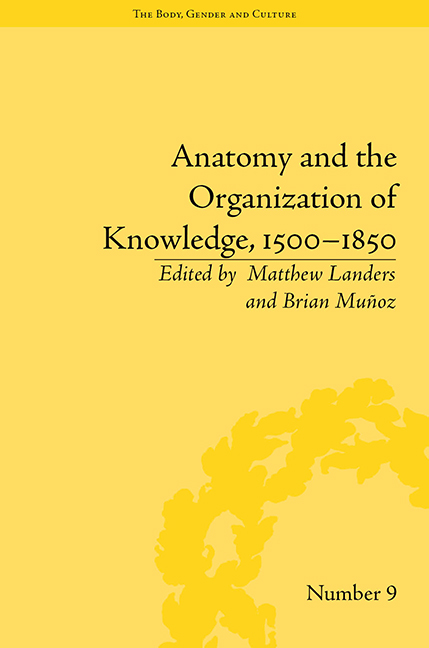Book contents
- Frontmatter
- CONTENTS
- List of Contributors
- List of Figures
- Introduction
- Part I The Body as a Map
- Part II The Collective Body
- 6 Mirroring, Anatomy, Transparency: The Collective Body and the Co-opted Individual in Spenser, Hobbes and Bunyan
- 7 From Human to Political Body and Soul: Materialism and Mortalism in the Political Theory of Thomas Hobbes
- 8 Visualizing the Fibre-Woven Body: Nehemiah Grew's Plant Anatomy and the Emergence of the Fibre Body
- 9 Forms of Materialist Embodiment
- Part III Bodies Visualized
- Notes
- Index
6 - Mirroring, Anatomy, Transparency: The Collective Body and the Co-opted Individual in Spenser, Hobbes and Bunyan
from Part II - The Collective Body
- Frontmatter
- CONTENTS
- List of Contributors
- List of Figures
- Introduction
- Part I The Body as a Map
- Part II The Collective Body
- 6 Mirroring, Anatomy, Transparency: The Collective Body and the Co-opted Individual in Spenser, Hobbes and Bunyan
- 7 From Human to Political Body and Soul: Materialism and Mortalism in the Political Theory of Thomas Hobbes
- 8 Visualizing the Fibre-Woven Body: Nehemiah Grew's Plant Anatomy and the Emergence of the Fibre Body
- 9 Forms of Materialist Embodiment
- Part III Bodies Visualized
- Notes
- Index
Summary
This essay examines three texts, printed respectively in 1590, 1651 and 1682, which are concerned with establishing a relationship between the symbolic image of an anthropomorphic body and the reader's understanding of individual life's fundamental orientations. They are the Castle of Alma episode from Edmund Spenser's The Faerie Queene, Thomas Hobbes's Leviathan and John Bunyan's The Holy War. Leviathan and The Holy War have as frontispieces highly significant visual representations of an anthropomorphic figure who dominates a landscape by virtue of scale and position; Spenser's body-castle is described in detail as seen from outside, as internally explored and in its envisaged physical setting. The three texts manifestly have different explanatory and persuasive purposes, but all establish a certain managed ambiguity in their symbolic representation of the body: the anthropomorphic image offered to the reader can be received, variously, as (a) an embodiment of collective knowledge which the reader/spectator already possesses, qua member of that collectivity, (b) a novel means of organizing collective knowledge, conceived on the model of anatomy, whose make-up and functioning therefore have to be explicated, and – as a corollary of (b) – (c) a novel means of self-understanding as an individual agent. I shall argue that emphasis on the constructedness of the symbolic body image forms a crucial part of the texts’ mediations between the presumptively collective and the prescriptively individual.
- Type
- Chapter
- Information
- Anatomy and the Organization of Knowledge, 1500–1850 , pp. 85 - 98Publisher: Pickering & ChattoFirst published in: 2014



